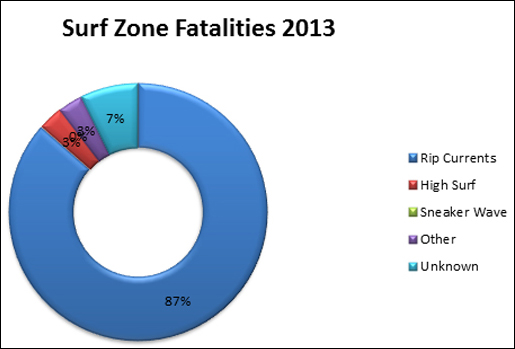
The graphs below show surf zone fatalities documented by NWS Marine and Coastal Services. Accurately tracking these types of fatalities is difficult because so many go unreported and undocumented. Due to the difficult nature of tracking surf zone fatalities; these data may not match other sources.
Occasionally, there are surf zone fatalities caused by other hazards such as unusual waves and currents. These hazards fall in the “Other” category. “Other” is not an official category defined by the NWS. Rip Currents cause a large of percentage of the surf zone fatalities in the United States. Typically, a victim of a surf zone hazard is a male between the ages of 10-29. Most of the fatalities occur during the months of June and July and in the NWS Southern Region.
The NWS divides its areas of forecast responsibility into regions shown on the image below. It is rare to have a surf zone fatality in the NWS Alaska Region. The Great Lakes are covered by the NWS offices in the Central and Eastern Region and for the display of these data, all surf zone fatalities in the Great Lakes are categorized into a "Great Lakes Region."
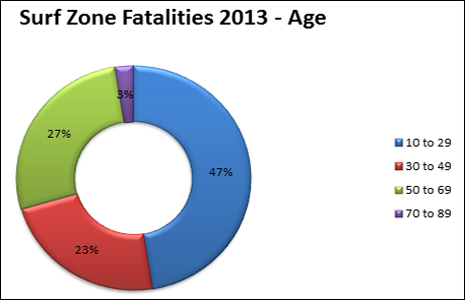 |
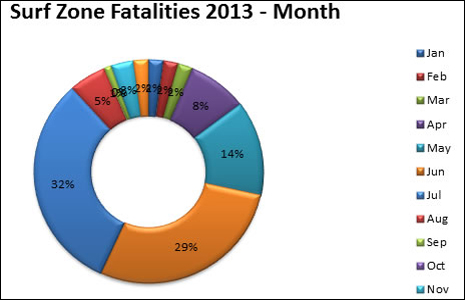 |
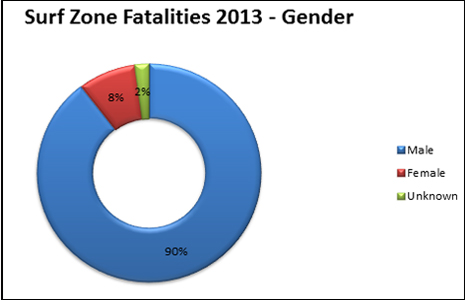 |
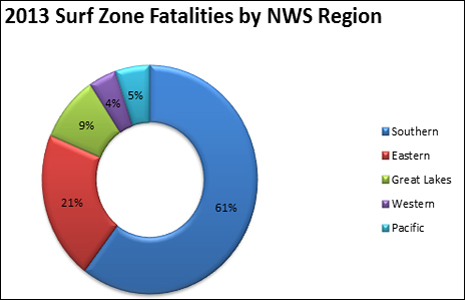 |
|
No fatalities in MD, DE, NJ, NY, CT, RI, MA, NH, or ME |
No fatalities in GA, MS or LA |
|
No fatalities on Lake Ontario, Huron or Superior |
No Fatalities in WA |
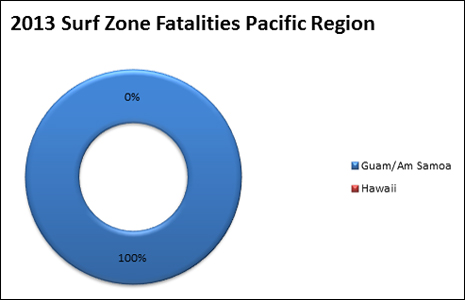
No Fatalities in HI |
 |
NWS started tracking these statistics in 2013. We do not have breakdowns before 2013.